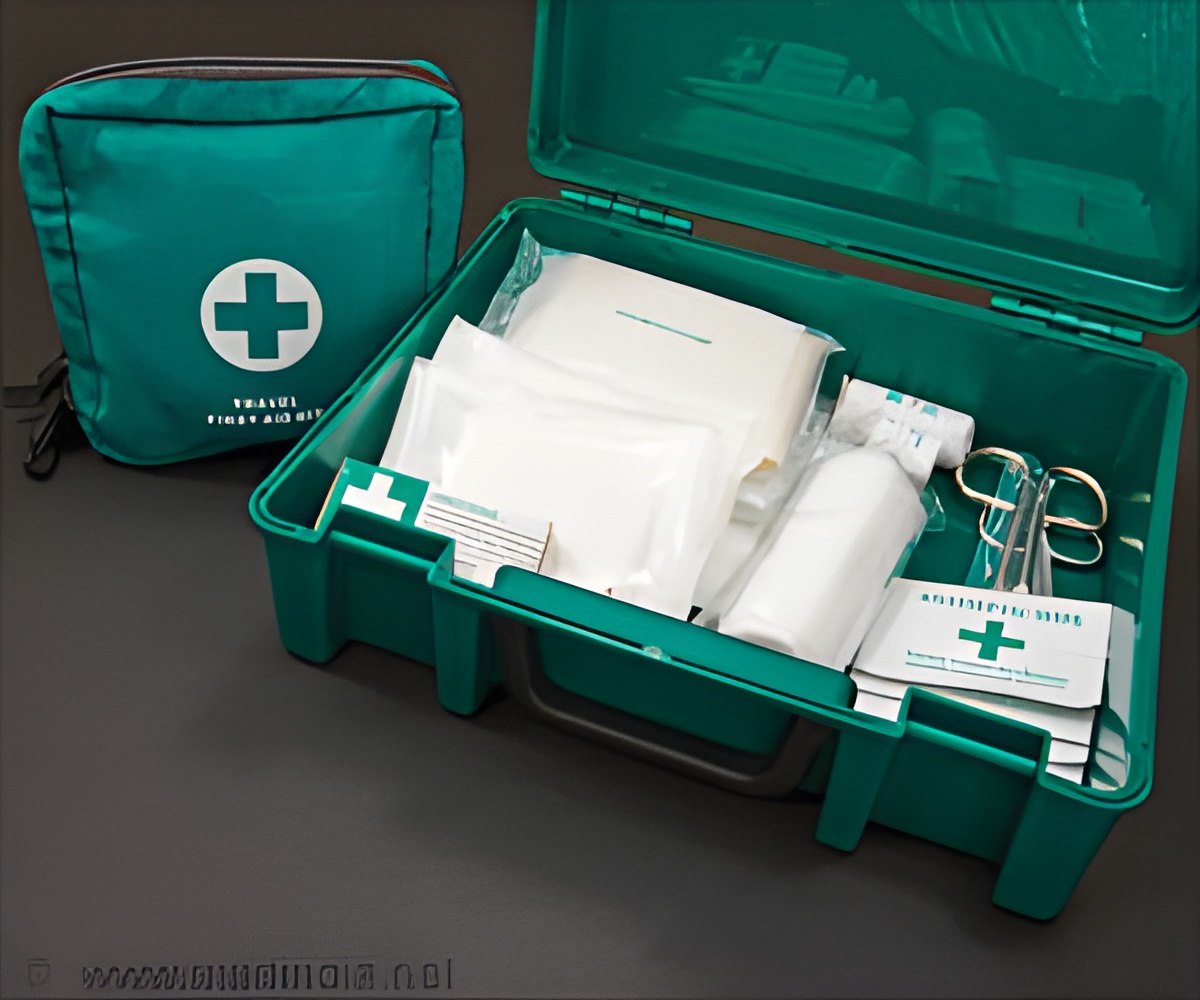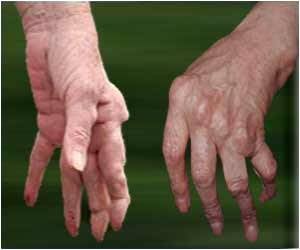Fear of drowning, breath-holding, fitness level, fatigue, intoxication are warnings for people who may be at increased risk of drowning.

‘Fourteen different mechanisms often coincide in time and in a wide variety of combinations and determine the drowning process.’





Drowning is formally defined as the process of experiencing impairment from submersion (upper airway under water) or immersion (upper airway above water) in liquid. It can occur in hot or cold water. Nevertheless, there is no clear picture of what causes a person to drown. The authors of the article "Physiology of Drowning: A Review" are the first to explore the issue in detail in an attempt to create a comprehensive description of the drowning process. They report that 14 different mechanisms, which may often coincide in time and in a wide variety of combinations, determine the drowning process. They also found that many of these mechanisms can be prevented, avoided, interrupted or treated by increased awareness, better equipment or targeted training.
According to the authors, the most important finding of the review is that there are many physiology-based interventions that might help to reduce the number of fatal drownings. For example, because drowning in fresh or salt water is a form of asphyxiation, the most important intervention is the rapid provision of oxygen.
The researchers also outline how the fear of drowning, breath-holding, fitness level, fatigue, intoxication and other factors can contribute to negative outcomes and highlight warnings for people who may be at increased risk of drowning, such as those with heart conditions.
The researchers note that there is still much more to learn about the consequences of drowning on the brain. "What happens to the brain during and after submersion is poorly understood. Research specific to the brain's physiology and pathophysiology during drowning and post-drowning resuscitation is needed to understand how the best intervention should be directed to restore life and to avoid long term disability," they wrote.
Advertisement
Advertisement













